Check out these amazing hotel deals!
- Save up to 30% on your hotel in Hawaii!
- Last-minute holiday hotel deals
- Top hotel deals for a new year trip
- Visiting Paris? Find the Best Deals & Reviews at TripAdvisor.
- Save 30% on hotels in Ocean City, Maryland...a TripAdvisor Top 10 Summer Destination!
- Save up to 30% on your hotel on your Winter Vacation!
- Find top-rated hotels at the lowest prices on TripAdvisor. Check rates now!
- Save up to 30% on hotels for a romantic getaway!!
Italy offers a remarkable landscape variety. Alongside the seaside and mountain resorts, there are also hills and lakesides. And, let’s not forget that there are also natural parks, forests, and woods. They also represent a very rich heritage that has to be loved and protected. If you want to immerse yourself in nature, disconnect from reality, and relax in the greenery, here you will find 10 suggestions on which woods to admire and enjoy. Yes, we are looking at the 10 most beautiful woods in Italy.
10. The Wood in the Migliarino Natural Park
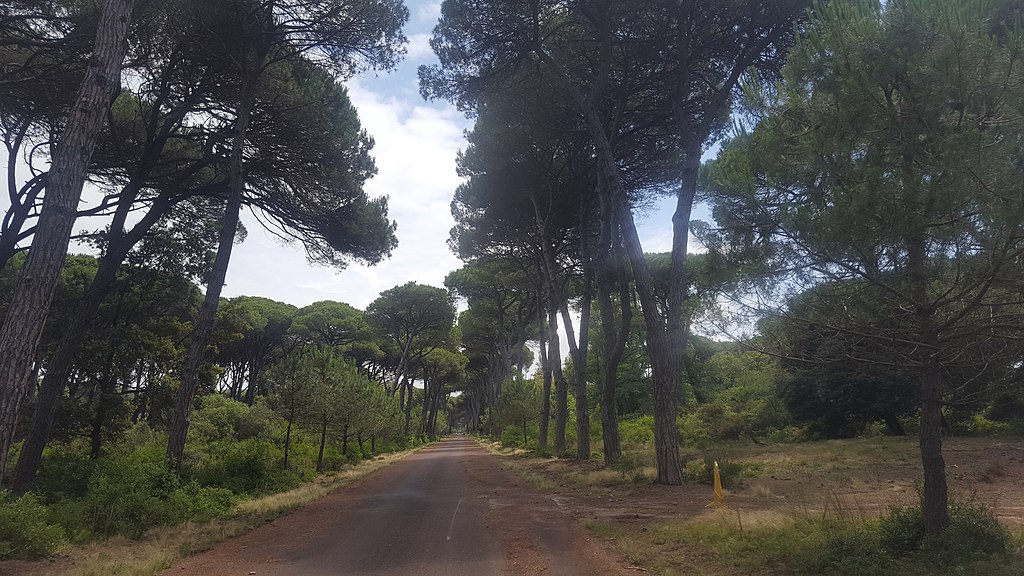
Location: It extends on the coastal strip of the provinces of Pisa and Lucca (Tuscany).
At first sight, it seems like a huge wooded area but in reality, the park offers a great variety of natural environments including dunes, beaches, hygrophilous forests, and marsh areas. Still, one-third of its surface is covered by woods. Thanks to the diverse environments present there, a rare flora consisting of sundew, periploca, osmunda, and pink hibiscus lives here. There’s also a rich fauna that includes a remarkable variety of birds as well as mammals, fish, and a large number of amphibians and reptiles. Not to forget, there’s also the so-called killer shrimp, that is the Louisiana red shrimp which is spread from the lake to the swamp and, subsequently, to all humid environments even out of the park. The water is actually the dominant element of this territory with many ponds, natural canals, and rivers alternating with the forest and pine forests. In that way, they create a very evocative environment that is ideal for romantic walks.
9. Quarto Wood (Bosco Quarto)
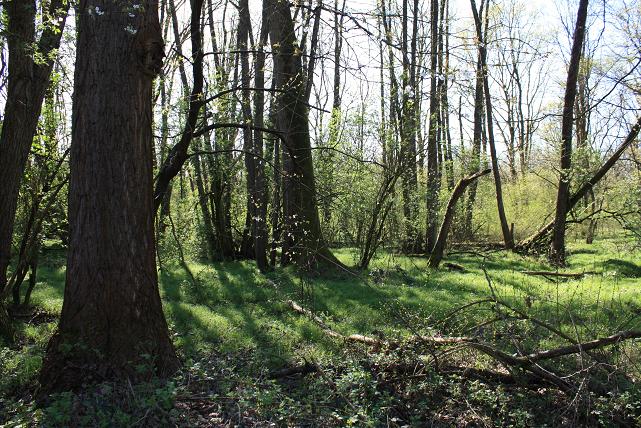
Location: It is a protected natural area within the Gargano National Park (Puglia)
Nature here is fortunately still uncontaminated and is rich in flora and fauna. The 8.000 hectares of greenery with very ancient and colossal specimens will allow you to live a wonderful experience among the sounds of Mother Nature. You will be able to recognize the oldest trees yourself, characterized by yellow and red cracks that color the bark, giving them a particular and characteristic charm. There are also foxes, wild boars, badgers, hares, squirrels, and numerous bird species. Sometimes it is also possible to spot deer.
8. Great Wood of Salbertrand
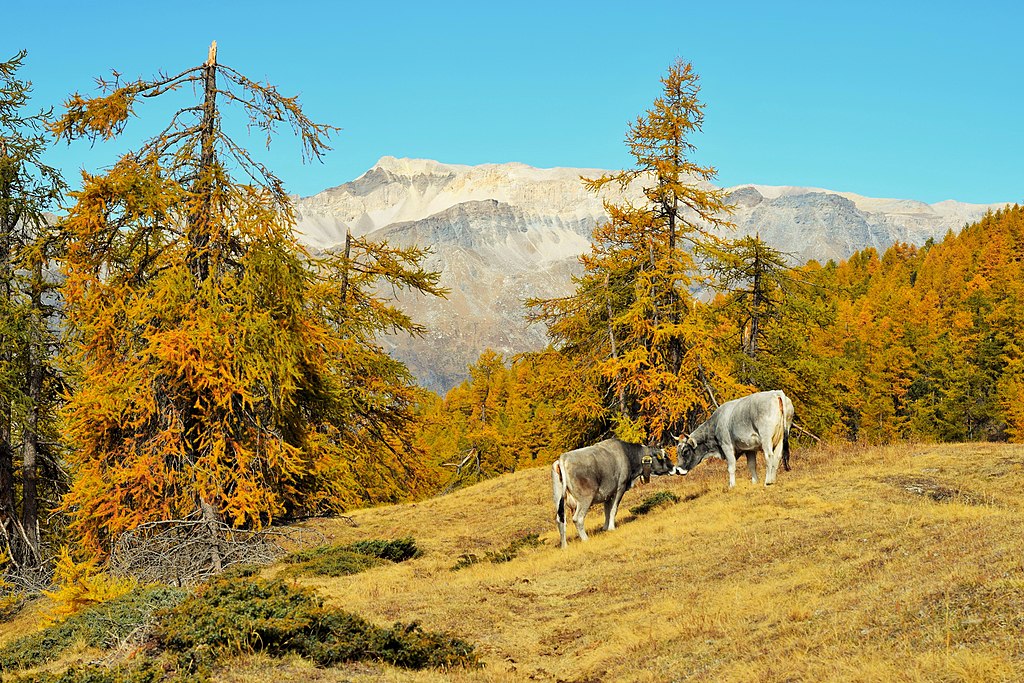
Location: In Val di Susa, in the province of Turin (Piedmont)
What makes this wood unique is its expanse of white and red fir trees that are spread over an area of 700 hectares. The park is home to around 80 nesting species, including numerous birds of prey. Chamois, wild boars, red deer, and roe deer also live here. It is a truly evocative environment, suitable for beautiful walks or mountain bike rides thanks to the various routes of different difficulty and length. You can also retrace a part of the Sentiero dei Franchi on foot, an itinerary probably taken by the Charlemagne armies to go down to Italy. Furthermore, you can follow the routes of the Great Crossing of the Alps who stop at the Arlaud Refuge. In addition, there is the Fort of Exilles, a bastion from around 1100 that was modernized several times for military needs, a few kilometers away.
7. Somadida Forest
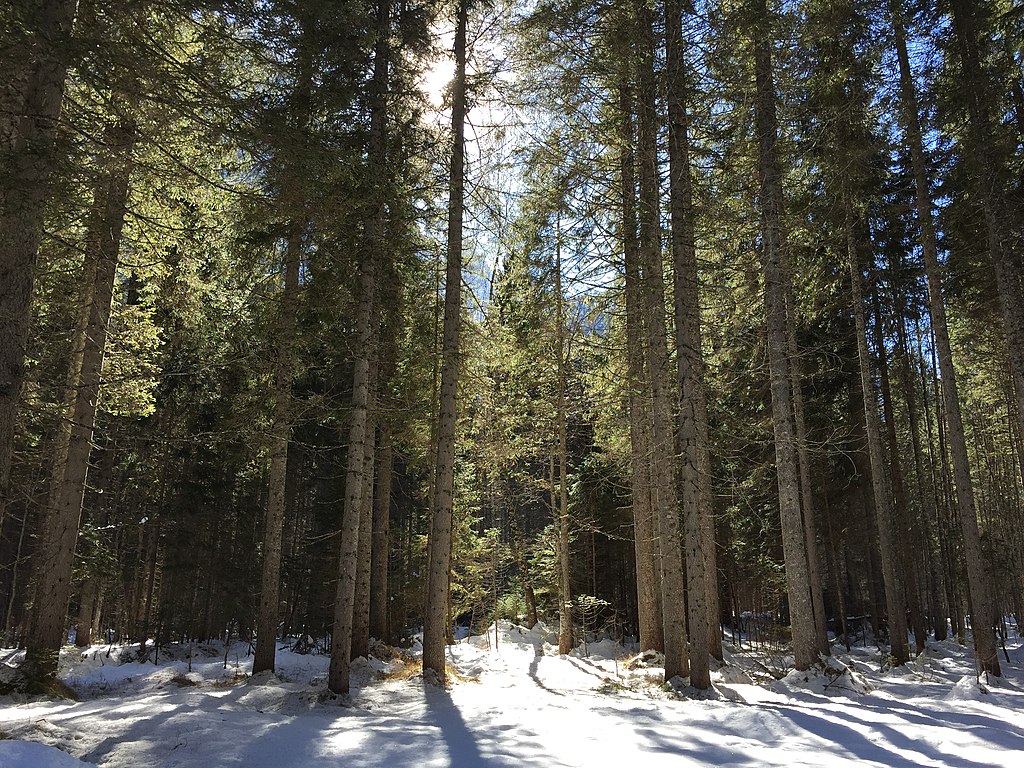
Location: In the Cadore area (Veneto)
The Somadida Forest is the largest one in Cadore and one of the most beautiful forests in the Dolomites. In the past, it was used by the Serenissima as a reserve of precious wood for its naval fleet, and today it’s a protected area. It preserves a naturalistic and faunal heritage of great value. Spruce, white firs, beech, and larch trees protect an undergrowth that boasts some of the most beautiful flowers in the Dolomites. Some of them are the precious, beautiful, and rare “Madonna’s slipper” or “Venus’s slipper”, a velvety mountain orchid, the martagon lily with its pink-purple hues, and the curious soldanina piroletta with tender white flowers. The greedy blueberry, in its red and black varieties, also lives there, which is why it’s the basic ingredient of delicious local jams. From animals, you can find the fox which has always been present along with chamois, deer, and roe deer. The good news is that the brown bear has reappeared. The forest can be visited in any season. There are many itineraries suitable for everyone, from walks on foot or horseback to mountain bike rides, to rides on a sled pulled by dogs in the middle of winter.
6. San Vito Cork Oak Wood
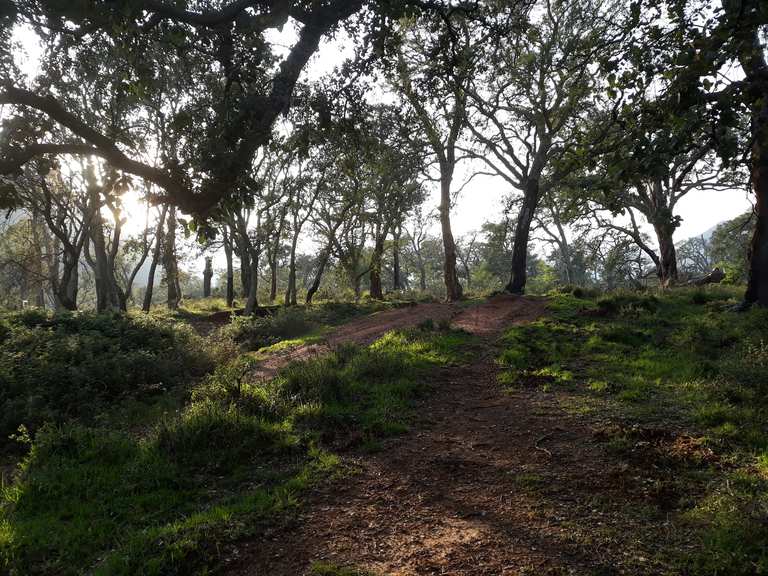
Location: In the Municipality of Monte San Biagio (Latina – Lazio)
The cork oak forest characterizes the homonymous valley and is located at its bottom. When the light manages to pass through the foliage of these evergreen oaks, it gives life to a rich and heterogeneous undergrowth. However, the cork oak wood is gradually replaced by the holm oak wood on the slopes of the mountains and by the Mediterranean scrub in the sunniest areas. The cork forest hosts a rich community of animals. In spring and summer, it is easy to meet toads and reptiles as the toads are attracted by the rainy days and the reptiles by the heat of the sun’s rays. Also, numerous species of birds, mammals, micro-mammals, and bats live here. The cork oak forest is crossed by numerous paths of varying lengths. They are easily accessible for schoolchildren and visitors of all ages. One of these trails ends near a centuries-old oak, a hybrid of cork and holm oak, of considerable size. This plant is one of the monumental trees in Italy and is the symbol of the San Vito cork oak forest.
5. Wood of La Thuile, Aosta Valley
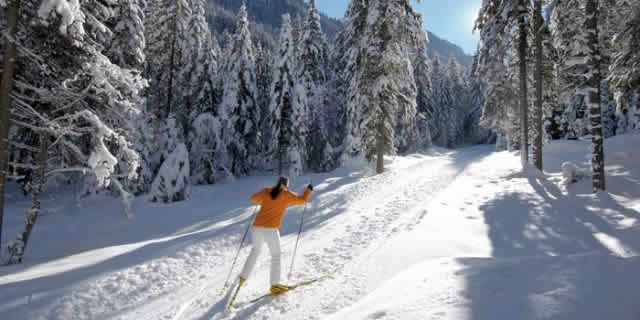
Location: Near a mountain village, La Thuile (Aosta Valley)
The location of this forest is a great holiday destination for those who like to relax in the mountains, both, in summer and winter. Numerous walks, for all kinds of hikers, leave from the town. One of them is that which leads to the woods. In this wood, numerous specimens of wild plants and orchids dwell, including the wonderful and protected spotted orchid. The enchanting autumn colors paint the whole landscape and represent a perfect time to explore and learn about the surrounding area.
4. Cansiglio Wood
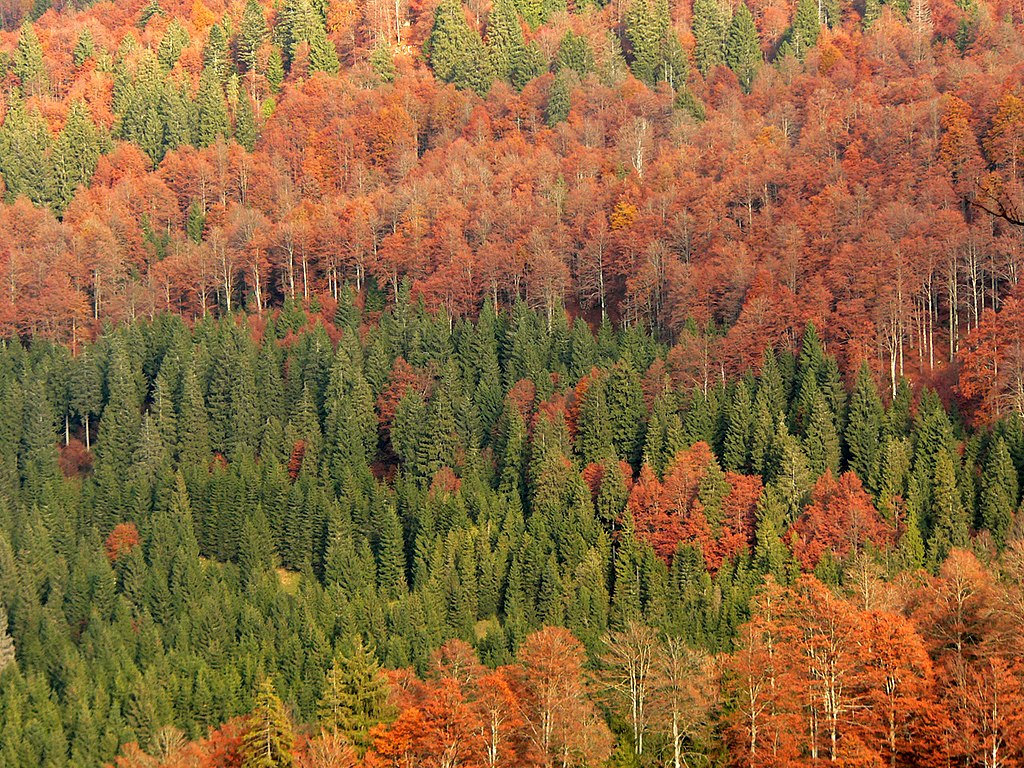
Location: On a vast upland between the provinces of Belluno, Treviso, and Pordenone (Veneto)
It is an evocative wood with a beauty strongly characterized by beech trees, ferns, wood anemones, green hellebores, and sorrel. The best time to appreciate it is autumn when wonderful plays of colors dress the trees in intense shades. At lower altitudes, the beech is accompanied by white and red fir, giving life to the forest which is pervaded by the intense scent of the stick flower (mezereum) in March. Below, wide-open spaces extend, dotted by different colors based on seasonal blooms. The spring is evocative with its gentians and crocus. Hunting has been banned here for some time so you can see roe deer, red deer, and fallow deer, especially at dusk. Among the different animals present, you may have the honor of meeting some squirrel, hedgehog, or hare. If you are very lucky, you can see a golden eagle soaring in the sky. It is an ideal place for those who want to release their stress and get away from the city craziness.
3. The Sila National Park Wood
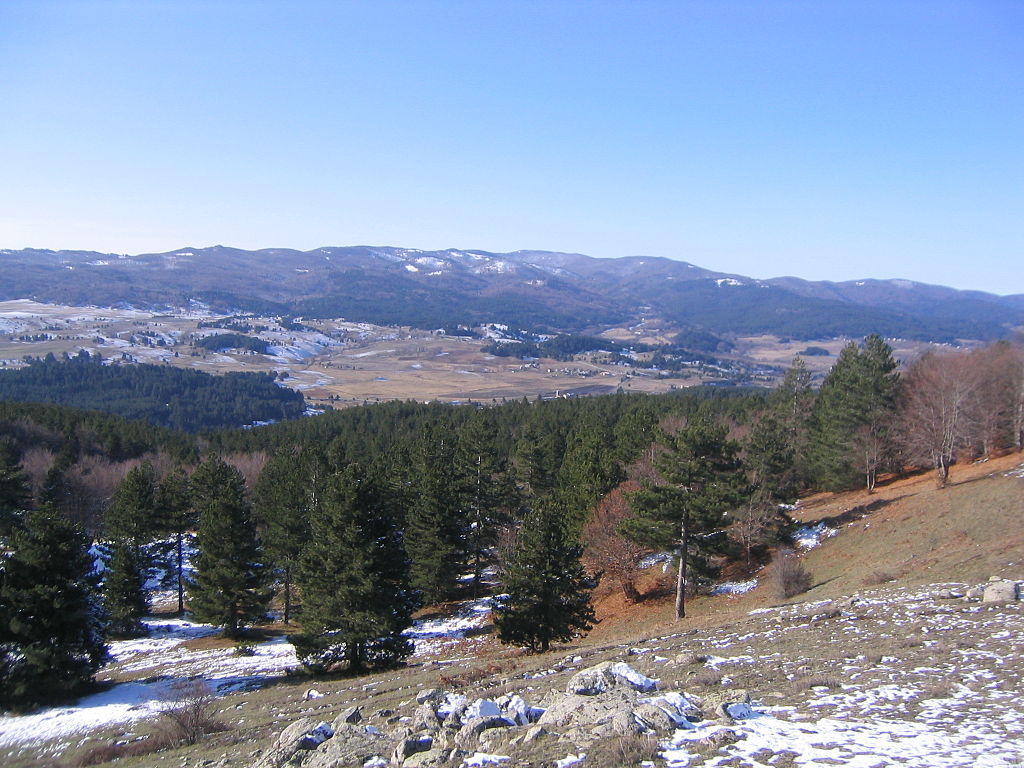
Location: Inside the Sila National Park (Calabria)
A treasure enclosed in the heart of the Sila, this park is part of the World Network of UNESCO sites of excellence. The wood located inside of it is very large and consists mostly of beech and pine forests formed by the Laricio pine which is typical for this park. This wood is considered unique in the world for the specificity and variety of its flora and fauna. A fun fact: according to recent studies, you can breathe the cleanest air in Europe in the Sila area and the park in Zagarise, at the foot of Mount Gariglione. It’s an absolutely perfect place to regenerate and relieve stress.
2. The Casentinesi Forests Park Wood
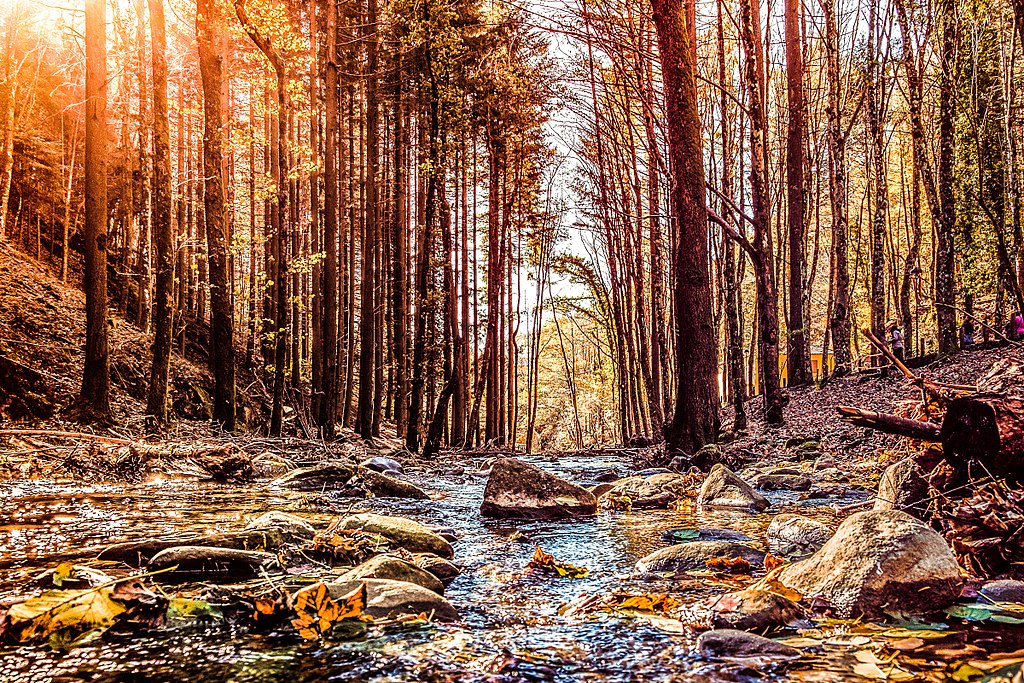
Location: In the Tuscan-Romagna Apennines, between the provinces of Forlì-Cesena, Arezzo, and Florence (Tuscany and Emilia Romagna)
This wood is very interesting not only from a naturalistic but also from a cultural point of view. Apart from its natural cavities and springs, this wood also houses the Acquacheta Waterfall which, is notable not only for its 80 meters jump but also for being mentioned in Dante’s Divine Comedy. The park has a high phytodiversity and hosts valuable forest ecosystems that are among the best-preserved in Europe. There are also 845 species of mushrooms, some of which are the first and only ones in Italy. The fauna is characterized by the most important wolf population of the northern Apennines, but there are many other living beings there. Thickly covered with majestic trees, where the animals are the real protagonists, this is the perfect location to reconnect with our most natural part.
1. Sasso Fratino
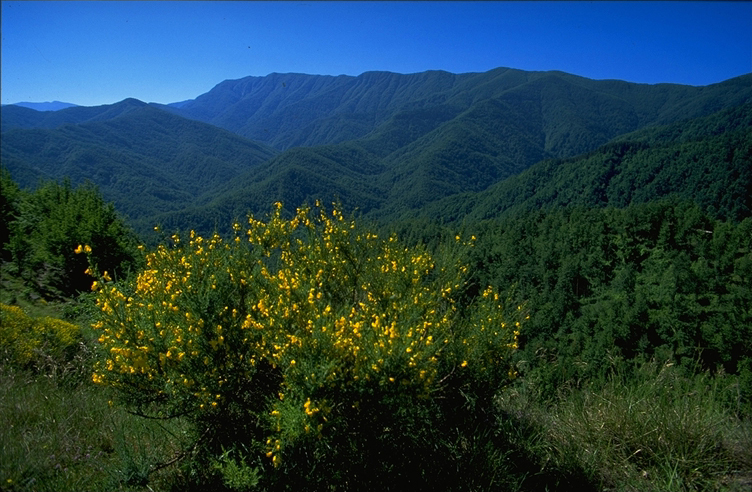
Location: in the heart of the Casentinesi Forest National Park (Emilia Romagna)
In the first place of our top 10 list, we find this Integral Nature Reserve, which is a wood within a wood. There are 764 hectares of a surface aiming to preserve one of the few strips of forest that are almost intact. The Reserve is characterized by rugged rocky slopes and there aren’t any access routes, which is why the area has remained intact and unaffected by human colonization. Its rich vegetation, dominated by beech, transforms into an almost pure beech forest above 1300 meters. The dead wood of all these trees plays an important role as it supports the activation of food chains, which is absent in the cultivated woods, thanks to the presence of microorganisms, fungi, insects, and birds. Many scholars, from all over the world, come here to study the characteristics of this unspoiled natural wonder. Some fungal species are new to the scientific world, including Botryobasidium sassofratinoense. In this little paradise, deer, roe deer, fallow deer, wild boar, and wolves live undisturbed. As for the bear, we can only talk about it in the past since the ruthless hunting has exterminated it, but its name recurs in the localities of these mountains.
The presence of the wild cat has recently been confirmed whereas the presence or absence of the lynx is still debated. Numerous micro-mammals and many bats, which are indispensable for this ecosystem, also live here. Furthermore, there are numerous birds, amphibians, reptiles, and invertebrates. You may have wondered why you have never heard someone tell you about this incredible hidden place in the enjoyable Emilia Romagna, right? It’s simply because every access is absolutely forbidden and severely sanctioned by the forest guards who guard the borders well-marked by numerous signs. A small Eden that is right to remain uncontaminated, magical, and let us dream and imagine how a real forest really is… a forest like that of the fairy tales.
Check out these amazing hotel deals!
- Save up to 30% on your hotel in Hawaii!
- Last-minute holiday hotel deals
- Top hotel deals for a new year trip
- Visiting Paris? Find the Best Deals & Reviews at TripAdvisor.
- Save 30% on hotels in Ocean City, Maryland...a TripAdvisor Top 10 Summer Destination!
- Save up to 30% on your hotel on your Winter Vacation!
- Find top-rated hotels at the lowest prices on TripAdvisor. Check rates now!
- Save up to 30% on hotels for a romantic getaway!!
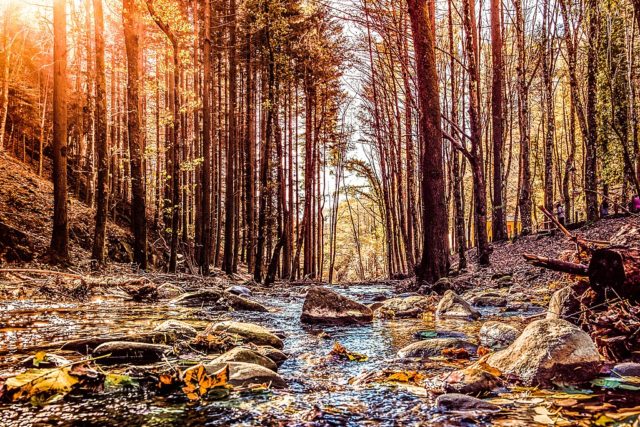





Find Us on Socials